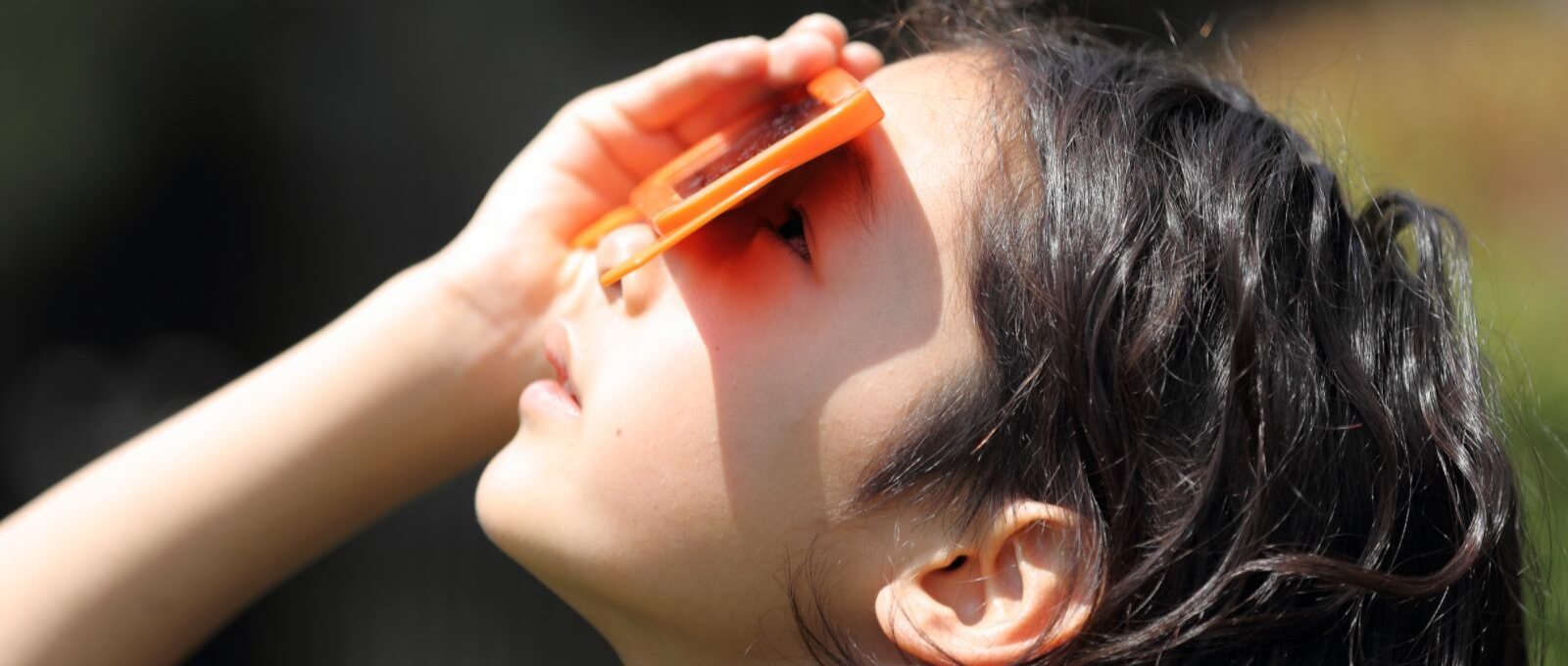“I’m grateful for Goldy Gopher!” My then three-year-old nephew Ellis exclaimed proudly.
“Me too!” His cousin Lucila followed.
“Ack!” Shrieked Fiona with an enormous grin, not even one year old.
My son Miles responded by dropping some peas on the floor.
Welcome to the family tradition we call “Big Circle.”
Circling Up
My parents have hosted family dinner at their house every Sunday night since my brothers and I returned home to Minneapolis with our partners over five years ago. When we first started gathering, it was a window of calm and connection in our busy grown-up lives. Over barbecue, warm soup, or steaming rice we sometimes started the meal by giving thanks – for food, for health, and for each other. It was lovely when we remembered to do it.
Since then we’ve added four more people to the table–all of them under five-years-old.
As you might imagine, the calm refuge that was family dinner has turned into pure chaos. Between nursing babies, melting toddlers, and a small dining room we’ve been lucky to get food in our mouths much less thank anyone for it.
For a couple of years, gratitude was just assumed.
The science of gratitude
But then I got to see Dr. Christine Carter speak, a Berkeley researcher who has dedicated her career to studying and sharing the “science of happiness.”
It turns out that “counting our blessings” isn’t just a nice way to start dinner.
It is central to our physical and mental health.
Grateful people are healthier, happier, and more satisfied with their lives. They are more resilient and have a higher sense of self-worth. Grateful teens are less likely to abuse alcohol and drugs and less likely to have behavior problems at school. The list goes on and on.
We are just beginning to understand this on a neurological level. When people consciously practice gratitude, they likely:
- Enjoy higher flows of dopamine (the neurotransmitter that we call “happy”).
- Feel brighter and more alert, an effect correlated with more of the neurotransmitter norepinephrine (think “energizer”).
- Have greater activity in the hypothalamus which influences metabolism and stress levels.
To sum it all up? Our brains appear to really like it when we say “Thank you.”
Don’t assume. Practice.
But these benefits don’t flow from a once-a-year on Thanksgiving thank you. Children, youth, and adults alike benefit greatly from practicing gratitude on a regular basis. In one study, students who kept gratitude journals even for a short period of time strengthened their overall resilience and became less vulnerable to everyday stresses and complaints like rashes and headaches.
Some kids might have a more sunny disposition than others, but at the end of the day gratitude can be learned. It is a practiced skill.
As Dr. Carter notes “Most of us are actually born feeling entitled to our parents’ care. That means that if we don’t teach kids gratitude and practice it with them, they grow up feeling entitled, and entitlement does not lead to happiness.”
After sharing all of this with my family, Big Circle was born.
What is gratitude?
One of the word’s leading experts on gratitude, Dr. Robert Emmons, has identified two parts of gratitude.
Part 1: Recognize goodness. This isn’t about striving for perfection or ignoring life’s challenges – but in being able to recognize the gifts and benefits we receive.
Part 2: Acknowledge that this goodness comes from outside of us. There is nothing wrong with kids understanding their own strengths, but grateful people balance this with an understanding of our “humble dependence on others.”
Raising Grateful Kids
Nurturing gratitude doesn’t mean ignoring the hard stuff, sidelining the challenges, or encouraging a forced cheerfulness. It is about finding ways to deliberately and consistently “welcome the good in.”
For our family, Big Circle is our new commitment to practicing gratitude when we share a meal. It doesn’t always look pretty. For an entire year, the oldest kids said “Goldy Gopher” (the University of Minnesota’s mascot) every single time. You better believe it took a lot of strength not to try to correct them. “How about something more meaningful honey? Like your parents’ unending love?” Nope. Goldy Gopher. For a year.
But every Sunday, we hold hands in a big circle and go for it. We adults model all kinds of gratitude. We give thanks for the farmers who grew the food, for a shared meal, for warm housing, for family and friends near and far, for good health. We cheer the kids on however they choose to participate.
Gratitude isn’t a script. It is a practice.
And already it is shifting. Just this week for the very first time Goldy didn’t come up. Luci was grateful for a play she had been to the weekend before with her parents. Ellis was grateful for a “Mama and Dada day” and Miles listed everything on his plate. Fiona rounded it out with a spirited “Elmo!”
Now that is something to be grateful for.
Here are some tips for nurturing gratitude in your children and teens. What can you add to the list?
